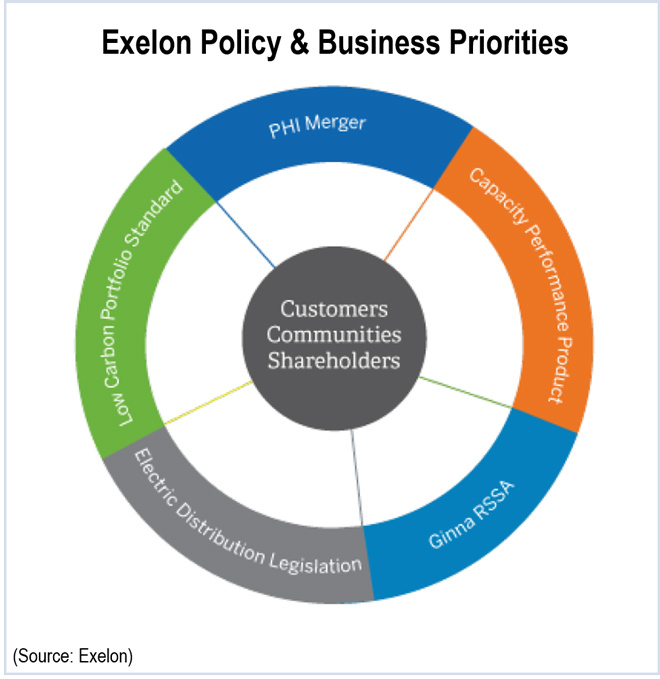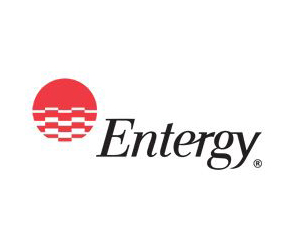By Rich Heidorn Jr.
WASHINGTON — The U.S. Supreme Court said Monday it will reconsider the D.C. Circuit Court of Appeals decision threatening the Federal Energy Regulatory Commission’s authority over demand response.
The court made its decision after a conference Friday on FERC’s petition for a writ of certiorari.
The court agreed to consider two questions:
- Whether FERC “reasonably concluded that it has authority under the Federal Power Act, 16 U. S. C. 791a et seq., to regulate the rules used by operators of wholesale electricity markets to pay for reductions in electricity consumption and to recoup those payments through adjustments to wholesale rates.
- “Whether the Court of Appeals erred in holding that the rule issued by [FERC] is arbitrary and capricious.”
A ruling is expected in about 12 months, following briefs this fall and oral arguments in the fall or next spring.
Retail, not Wholesale
Last May, the D.C. Circuit vacated FERC Order 745, which set rules for compensating DR in RTO energy markets. The court said DR is a retail product and thus subject to state, not federal, jurisdiction (Electric Power Supply Association v. Federal Energy Regulatory Commission).
FERC’s petition said the Supreme Court should take the case because of the growing importance of demand response.
“Even read most narrowly — as invalidating only FERC’s authority to regulate the level of compensation paid by wholesale market operators to demand response providers in energy markets — the decision … threatens significant damage to the nation’s wholesale electricity markets,” FERC said. (See FERC Files EPSA DR Appeal with Supreme Court.)
FERC said its regulation of DR participation in wholesale markets “is essential to the commission fulfilling its statutory responsibility to ensure that [wholesale] rates are just and reasonable” and that the EPSA ruling also threatens the participation of DR in wholesale capacity markets.
Opponents’ Brief
In a brief opposing the petition, attorneys for the Electric Power Supply Association and others said that those supporting review had provided “no compelling basis” for reconsidering the appellate ruling.
“Notwithstanding petitioners’ sky-is-falling assertions, the decision … does not have the kind of exceptional importance that warrants this court’s intervention,” it said.
“Instead, they merely disagree with a D.C. Circuit decision that correctly identified FERC’s rule for what it is: a clear intrusion on the states’ exclusive authority over retail sales, in a backdoor effort to overcome the states’ unwillingness to adopt a regime for retail rates that mirrors FERC’s preferred regime for wholesale rates.”
Order 745 required RTOs and ISOs to pay DR the same prices as generation. The opponents cited a comment by former FERC Chairman Jon Wellinghoff during a technical conference: “I have no assurances as to when the states will put dynamic retail prices with the controversies that are going on [and] all the political problems with getting those in place.”
In a reply brief on behalf of FERC, Solicitor General Donald Verrilli said Wellinghoff “was merely responding to the suggestion that wholesale demand response could impede efforts to develop retail-level demand response technology.”
“The purpose of the rule is to correct inefficiencies and improve pricing, reliability and competitive conditions in wholesale energy markets,” Verrilli wrote.
Arbitrary and Capricious
The opponents also said the petition was flawed because it did not ask the court to review the D.C. Circuit’s alternative holding that FERC’s final rule must be vacated as arbitrary and capricious even if it did not exceed FERC’s jurisdiction.
Verrilli noted that the D.C. Circuit’s primary holding barred the commission from reissuing the rule while the secondary holding would allow FERC to “repromulgate the rule with a response to the court’s holding on the payment formula, or could adjust the payment formula.”
The Supreme Court nevertheless took on that second question. It allotted one hour for a yet-to-be-scheduled oral argument.
At least four justices must agree to hear a case for the court to grant certiorari. The court said Justice Samuel Alito did not take part in the consideration of the petition.
PJM Capacity Auction will Include DR
PJM General Counsel Vince Duane said the court’s action means PJM will include DR in the 2018/19 Base Residual Auction. On April 24, FERC approved PJM’s request to delay the auction pending a ruling on the RTO’s Capacity Performance proposal. (See FERC OKs PJM Request to Delay Capacity Auction.)
“We will run a capacity auction either under the CP rules or under the old rules,” Duane said. “Despite that uncertainty, one thing that has become clear is that we will have DR participate, as it always has, as a supply-side resource.”
Duane said the granting of certiorari does not mean the court will ultimately overturn the D.C. Circuit ruling. Duane noted that the court ruled 7-2 April 21 to uphold the Ninth Circuit Court of Appeals in a case concerning FERC’s jurisdiction under the Natural Gas Act, ONEOK, Inc. v. Learjet, Inc.
“It seems hazardous to assume that because the court takes the case that it’s likely to overturn” EPSA, Duane said.
Duane said the way the court worded the first question it will consider suggests it will provide a definitive ruling on whether any limitations on FERC’s jurisdiction over DR in the energy market also apply to the capacity market.
Reaction
FERC Chairman Norman Bay praised the court’s action. “The integration of demand response is important to the nation’s competitive wholesale electricity markets and reliable electric service,” he said in a statement.
Wellinghoff, now a strategic advisor to the Advanced Energy Management Alliance, issued a statement expressing confidence that the Supreme Court will overturn the D.C. Circuit. “The lower court’s decision to vacate FERC Order 745 is inconsistent with the law and undermines the rights of customers to make smart choices about how they consume energy,” he said.
EPSA CEO John Shelk said the association “and its partners in the unprecedented coalition that successfully challenged FERC Order 745’s demand response provisions look forward to defending the D.C. Circuit’s well-reasoned decision in the Supreme Court.”












